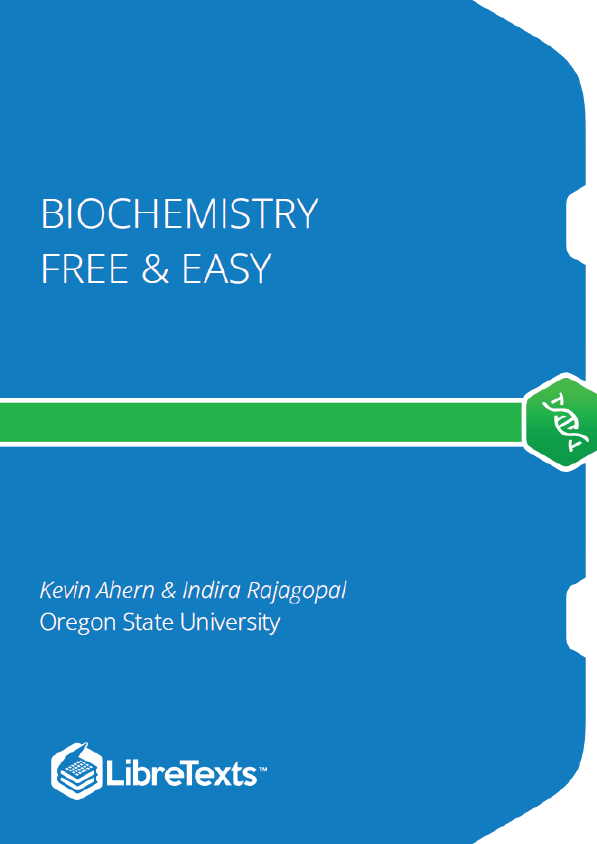Biochemistry is a relatively young science, but the rate of its expansion has been truly impressive. This rapid pace of discoveries, which shows no signs of slowing, is reflected in the steady increase in the size of biochemistry text books, most of which top a thousand pages and undergo revisions every couple of years to incorporate new findings. These full-scale texts offer an enormous amount of information and serve as invaluable resources. Those who need the greater level of detail and broader coverage that these books provide have many choices available in any good bookstore.
As certified (some might say, certifiable) biochemistry nerds and unrepentant lovers of corny jokes, we firmly believe that students can have fun while learning the subject. Toward this end, we have sprinkled each chapter with rhymes and songs that we hope will have you learning biochemistry happily. The format of the book as available for the iPad, allows readers to click on figures to enlarge them, watch video lectures relevant to each topic, listen to the songs in the book, like the one above, and link out to the internet to find more information simply by clicking on any term. If you are using a PDF version of this book, you will still be able to use the links to the video lectures. Also, though you cannot listen to the songs by clicking on them in the PDF version, you can download them HERE. We hope you find these features useful and that they help you learn biochemistry.
We start with simple properties. The molecule has a sort of wide ‘V’ shape (the H-O-H angle is 104°) with uneven sharing of electrons between the oxygen and the hydrogens. The hydrogens, as a result, are described as having a partial positive charge and the oxygen has a partial negative charge. These tiny partial charges allow the formation of what are described as hydrogen bonds, which occur when the partial positive charge of one atom is attracted to the partial negative of another. In water, that means the hydrogen of one water molecule will be attracted to the oxygen of another. Hydrogen bonds play essential roles in proteins, DNA, and RNA, as well, as we shall see.











